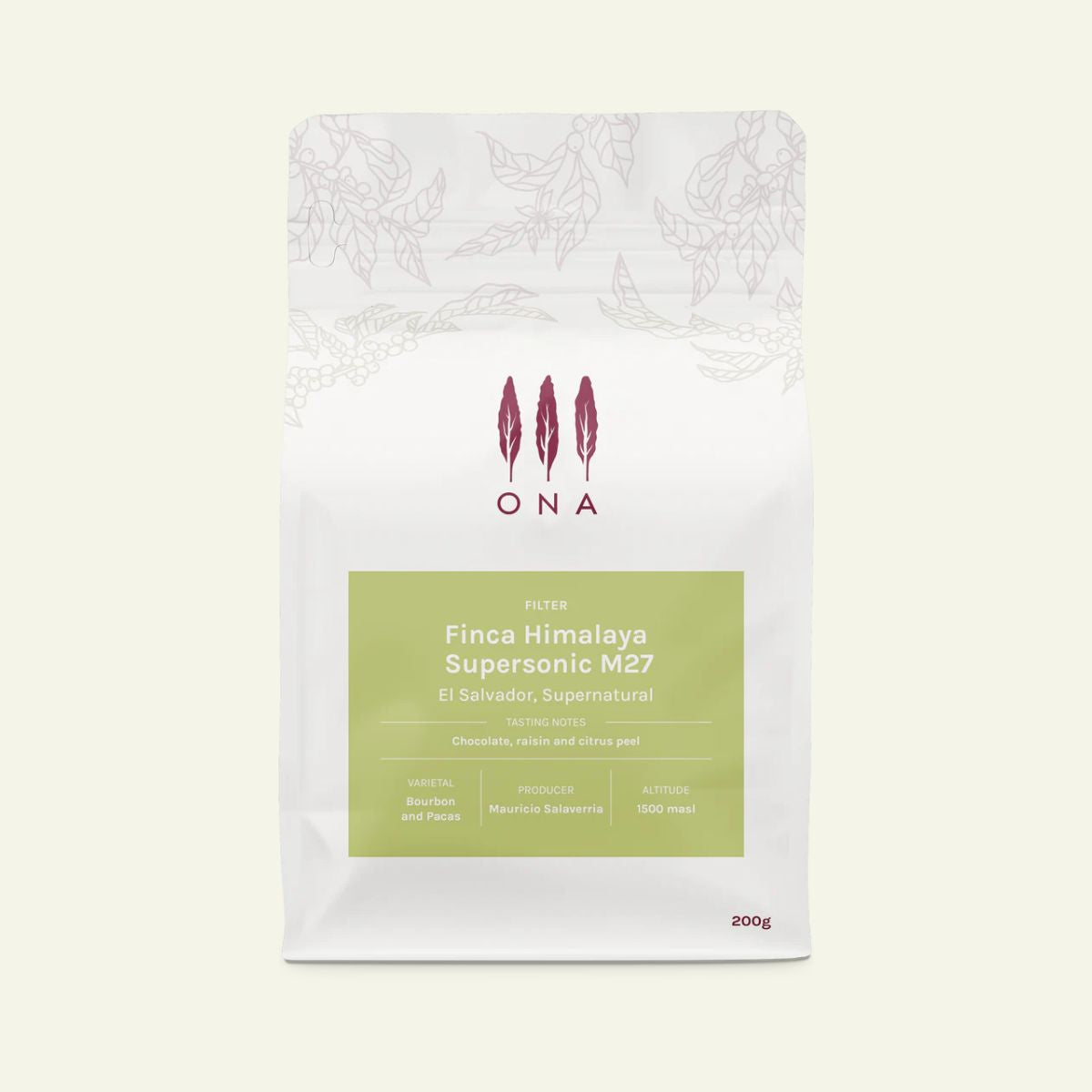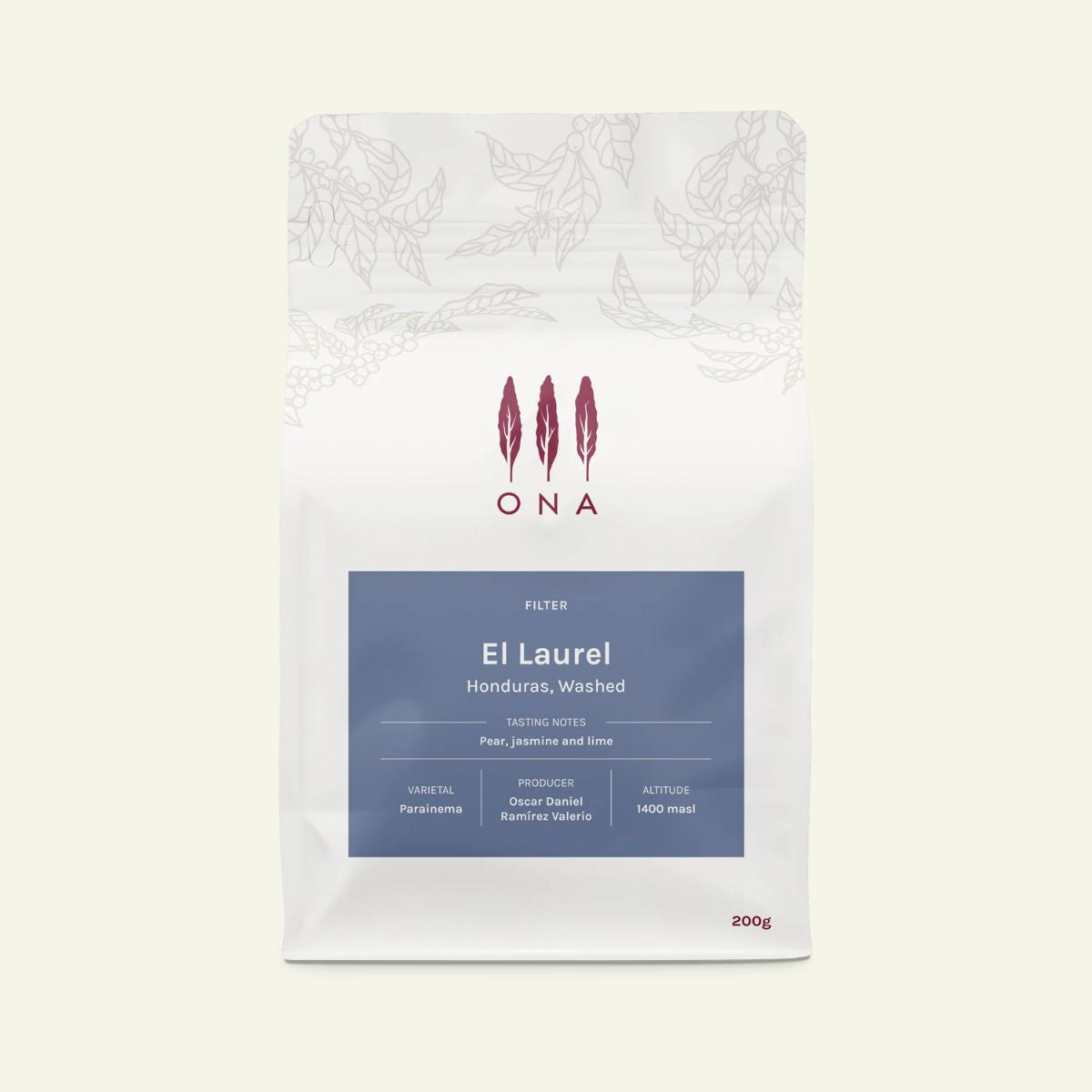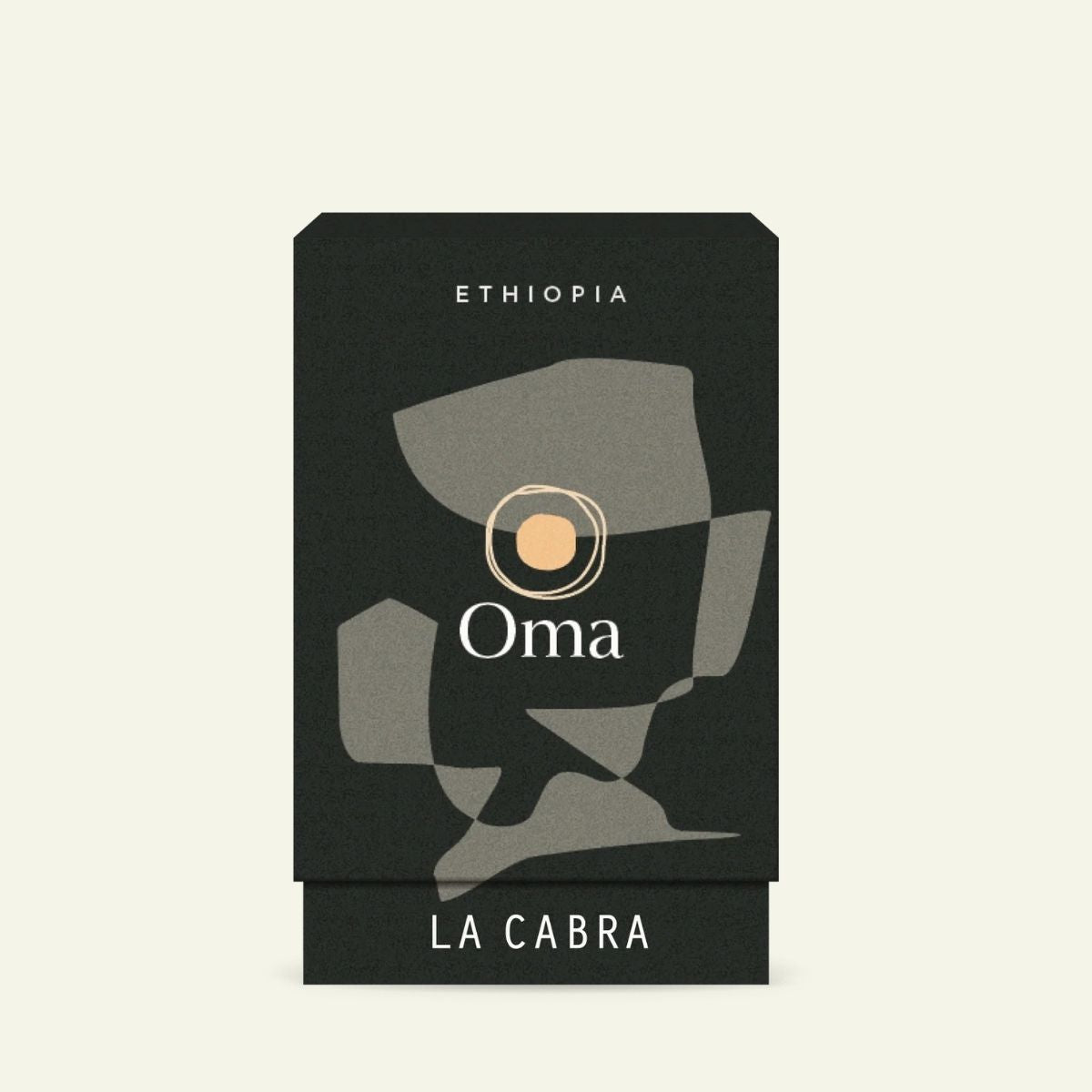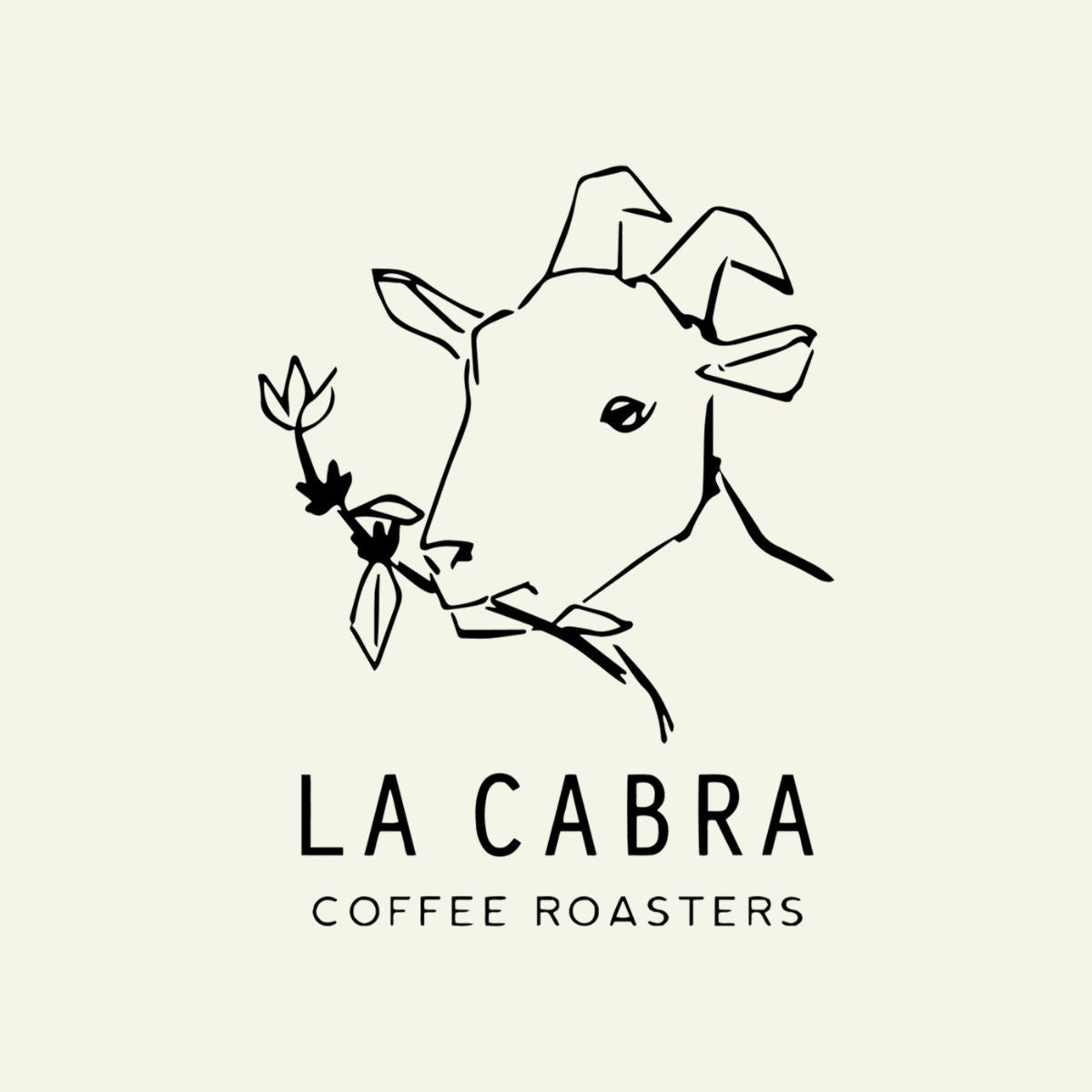
☕️ What Is Specialty Coffee?
The term “specialty coffee” is proudly used by baristas, roasters, and coffee lovers around the world.
When we hear it, we often think of direct trade, fair prices, better working conditions, and exceptional cup quality.
But what actually makes a coffee specialty?
Let’s break it down — from the commodity market to the tasting table.
Commercial-Grade Coffee
Most of the coffee people drink every day is what’s known as commercial-grade coffee.
It’s traded on the C-Market — a global commodity exchange where prices fluctuate daily, much like oil or wheat.
Commercial coffees are bought in huge volumes by large companies that roast and blend them for consistency and price, not for flavor. They typically score below 75 points on the SCA (Specialty Coffee Association) scale, which means they contain defects and lack the distinct flavor clarity that specialty coffee offers.
During sorting, commercial coffee isn’t screened as carefully — it’s not uncommon to find twigs, stones, and other impurities. (There’s even a story of someone finding a bicycle in a shipment once — no joke.)
Because these coffees are blended from multiple regions or even continents, they tend to have a standardized flavor: dark, bitter, and predictable. It’s comforting, but it doesn’t tell a story.
What Defines Specialty Coffee?
To qualify as specialty, coffee must pass two stages of quality control — one before roasting, and one after.
1. Green Coffee Grading
A 350-gram sample of the green (unroasted) coffee is inspected.
For a coffee to be considered specialty grade:
-
It must have zero primary defects (such as mold, unripe beans, or foreign matter),
-
And no more than five secondary defects (like small discolorations or broken beans).
-
The beans should also be uniform in size and color, which ensures even roasting.
This initial inspection already sets specialty apart from the rest — it’s coffee handled with intention.
2. Cupping and Scoring
Once the green coffee passes, it’s sample-roasted and tasted by certified professionals known as Q-Graders.
These experts score the coffee using a detailed SCA cupping protocol, evaluating:
-
Aroma and flavor
-
Acidity
-
Body and balance
-
Aftertaste
-
Overall sweetness and cleanliness
If the coffee scores above 80 points, it’s officially classified as specialty coffee.
Below 80? It’s commercial or “premium” grade.
Simply put: no defects, distinct flavor, and exceptional quality = specialty.
Where the Flavor Comes From
What truly sets specialty coffee apart isn’t just the lack of defects — it’s the care and conditions behind every step of its production.
Most specialty coffees are grown in high-altitude microclimates, where cooler temperatures slow the cherry’s maturation. This allows sugars and acids to develop more fully, creating a sweeter, more complex cup.
During harvest, only ripe cherries are picked by hand. This single decision alone impacts cup quality dramatically — overripe or unripe cherries would otherwise add bitterness or sharp acidity.
After picking, the coffee goes through a careful processing method (washed, natural, or experimental fermentations) that determines how much fruit character remains in the bean. Finally, beans are sorted and dried with precision before being roasted — often by small roasters who fine-tune each profile to highlight the coffee’s natural identity.
The result?
A coffee that reflects its origin, altitude, and process — not the roaster’s attempt to hide flaws.
In other words, you’re tasting terroir — the flavor of place.
Single Origin vs. Blend
In the specialty world, you’ll often see the term single origin — meaning the coffee comes from one farm, region, or cooperative. This transparency lets you experience how geography shapes flavor.
For example:
-
A washed Ethiopian coffee might taste like bergamot, peach, and jasmine,
-
While a natural Colombian might express red berries, chocolate, and honey.
Blends, by contrast, are more common in commercial coffee — designed for consistency rather than distinction.
Why It’s Worth the Price
Every step in the specialty chain — from selective picking to careful roasting — adds both cost and value. Farmers producing high-quality lots often receive 2–10× more than C-Market prices. That difference supports sustainable farming, fair wages, and long-term quality improvements.
So when you pay more for a bag of specialty coffee, you’re not just paying for flavor.
You’re investing in a supply chain built on respect, transparency, and craft.
And when brewed well, that extra care is unmistakable — cleaner, sweeter, and far more expressive than the average cup.
The Essence of Specialty Coffee
To sum it up, specialty coffee is defined by:
-
Quality — Scoring above 80 points with no defects.
-
Traceability — Knowing who grew it, where, and how.
-
Craftsmanship — From farming to roasting to brewing.
-
Flavor — A cup that reflects origin, not industrial uniformity.
It’s coffee that connects people — from producer to barista to you — through shared care and curiosity.
Explore Specialty Coffee with Nordic Brew Lab
At Nordic Brew Lab, we exclusively serve and source light-roasted, single-origin coffees that showcase the best of what each origin has to offer. We believe that when roasted and brewed with intention, coffee can reveal extraordinary flavor clarity — from delicate florals to bold, juicy sweetness.
→ Discover our curated selection of specialty coffees here









